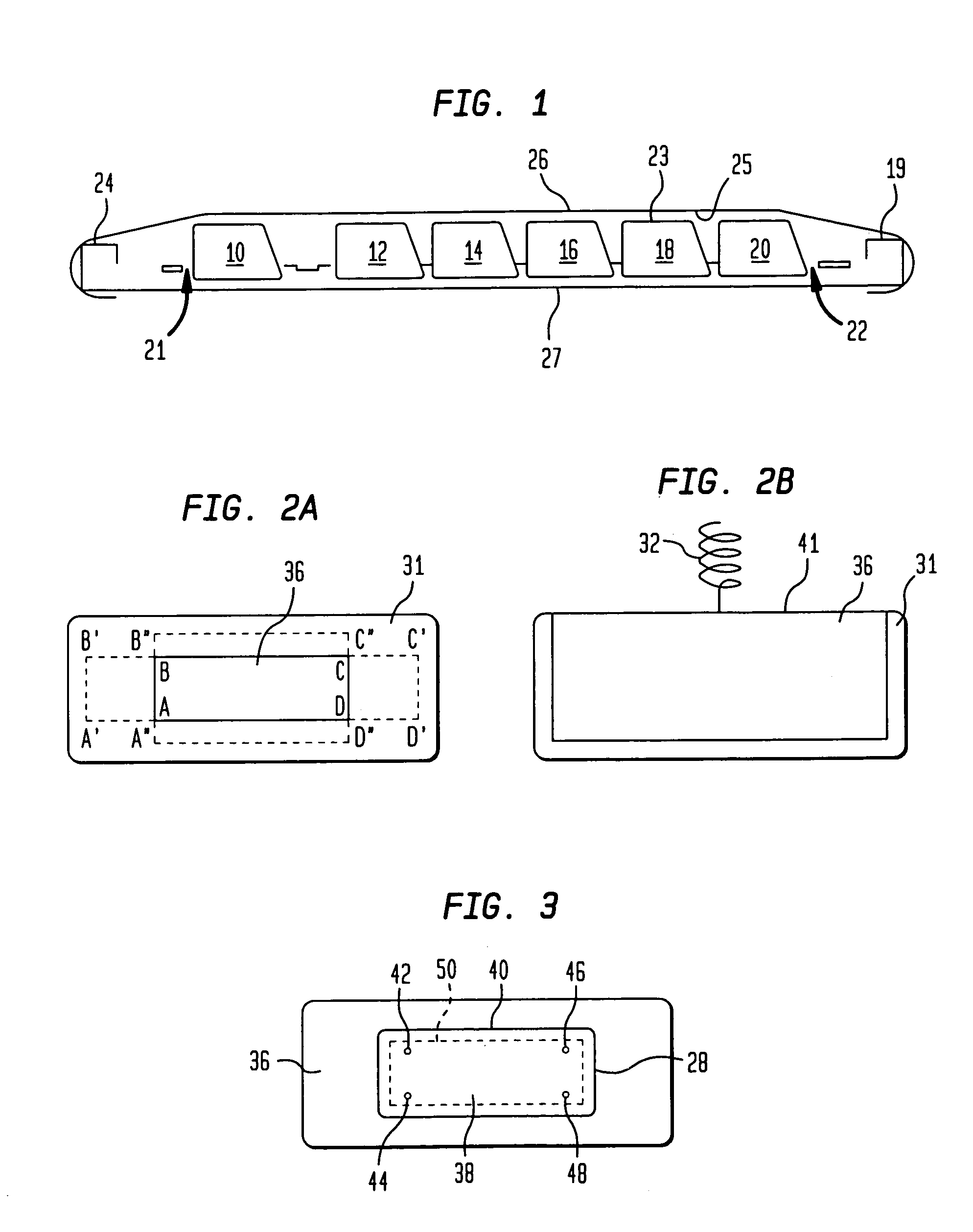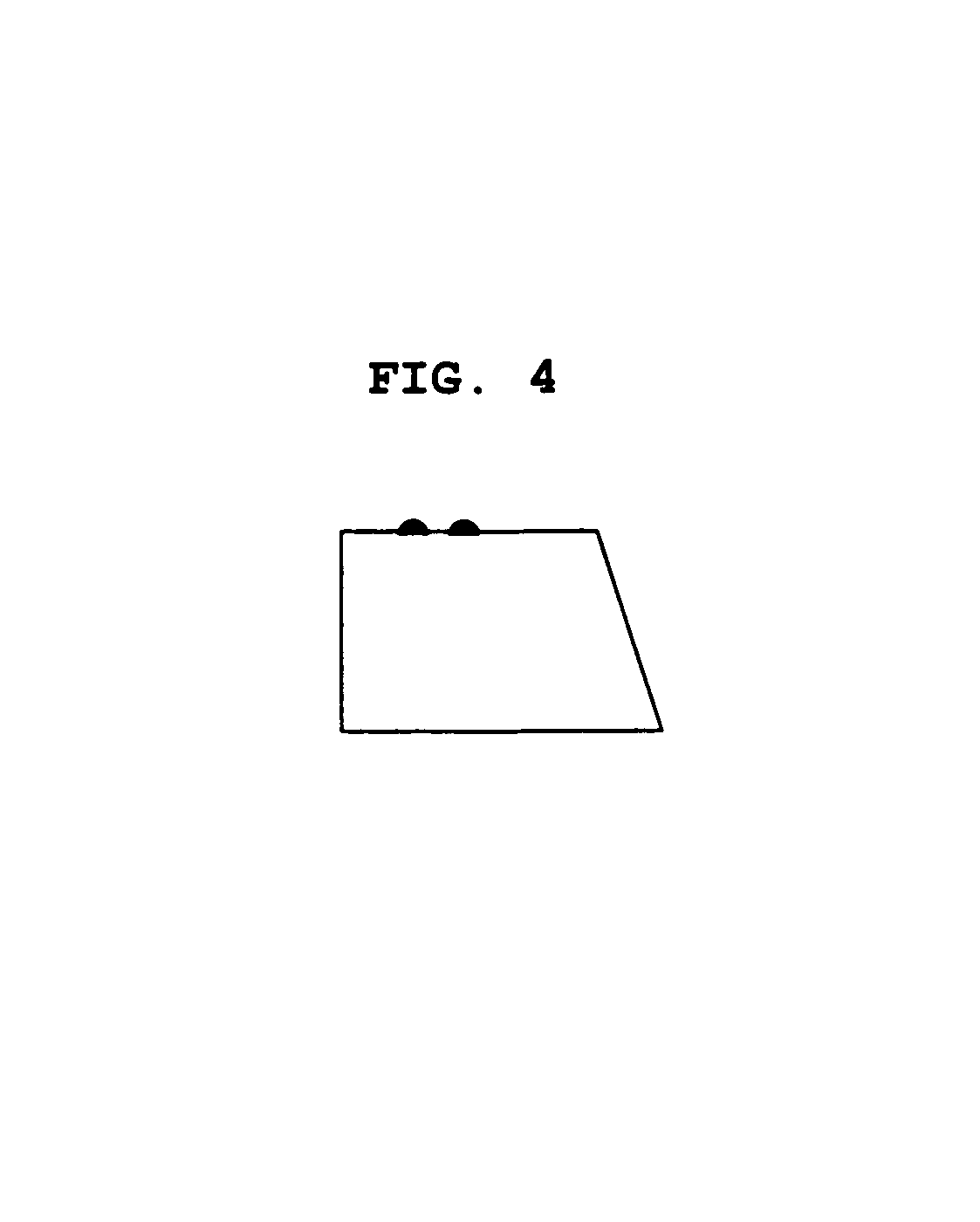Keyboard protective cover
a keyboard and protective cover technology, applied in the field of protective covers for keyboards and keypads, can solve the problems of keyboard “touch” or “feel” of the keyboard, the failure of the keyboard and its associated or linked equipment, and the limited success of the approach
- Summary
- Abstract
- Description
- Claims
- Application Information
AI Technical Summary
Benefits of technology
Problems solved by technology
Method used
Image
Examples
Embodiment Construction
[0022]While the art discloses many variations of keyboard covers, none have taken full advantage of the unique characteristics of polymeric materials, particularly recent advances relating to the border between elastic and plastic behavior achievable using thin but strong, and where suitable, low modulus, film-based structures. For example, the prior art protective cover described in U.S. Pat. No. 5,021,638, is molded to fit the specific key array of the keyboard to which the protective cover is applied. Such an approach to solving the problem of protecting a keyboard from the intrusion of damaging materials is particularly limiting. Specifically, the reference uses permanent, molded-in impressions in the cover that are designed to mate solely with the specific key array of a particular keyboard. Consequently, large numbers of such molded keyboard covers are required, each one corresponding to a different keyboard array and using a different, expensive mold. Furthermore, the differe...
PUM
 Login to View More
Login to View More Abstract
Description
Claims
Application Information
 Login to View More
Login to View More - R&D
- Intellectual Property
- Life Sciences
- Materials
- Tech Scout
- Unparalleled Data Quality
- Higher Quality Content
- 60% Fewer Hallucinations
Browse by: Latest US Patents, China's latest patents, Technical Efficacy Thesaurus, Application Domain, Technology Topic, Popular Technical Reports.
© 2025 PatSnap. All rights reserved.Legal|Privacy policy|Modern Slavery Act Transparency Statement|Sitemap|About US| Contact US: help@patsnap.com



